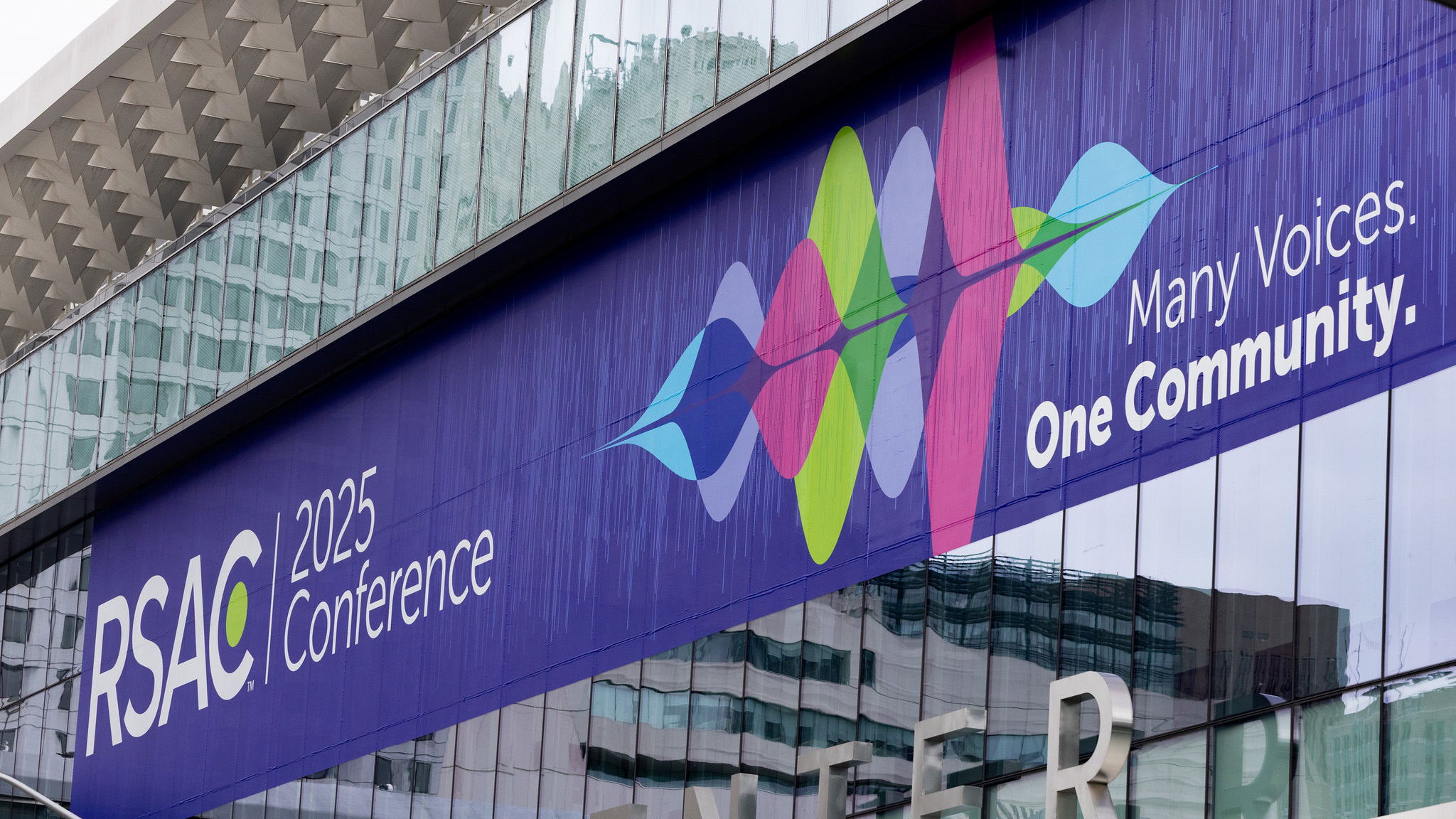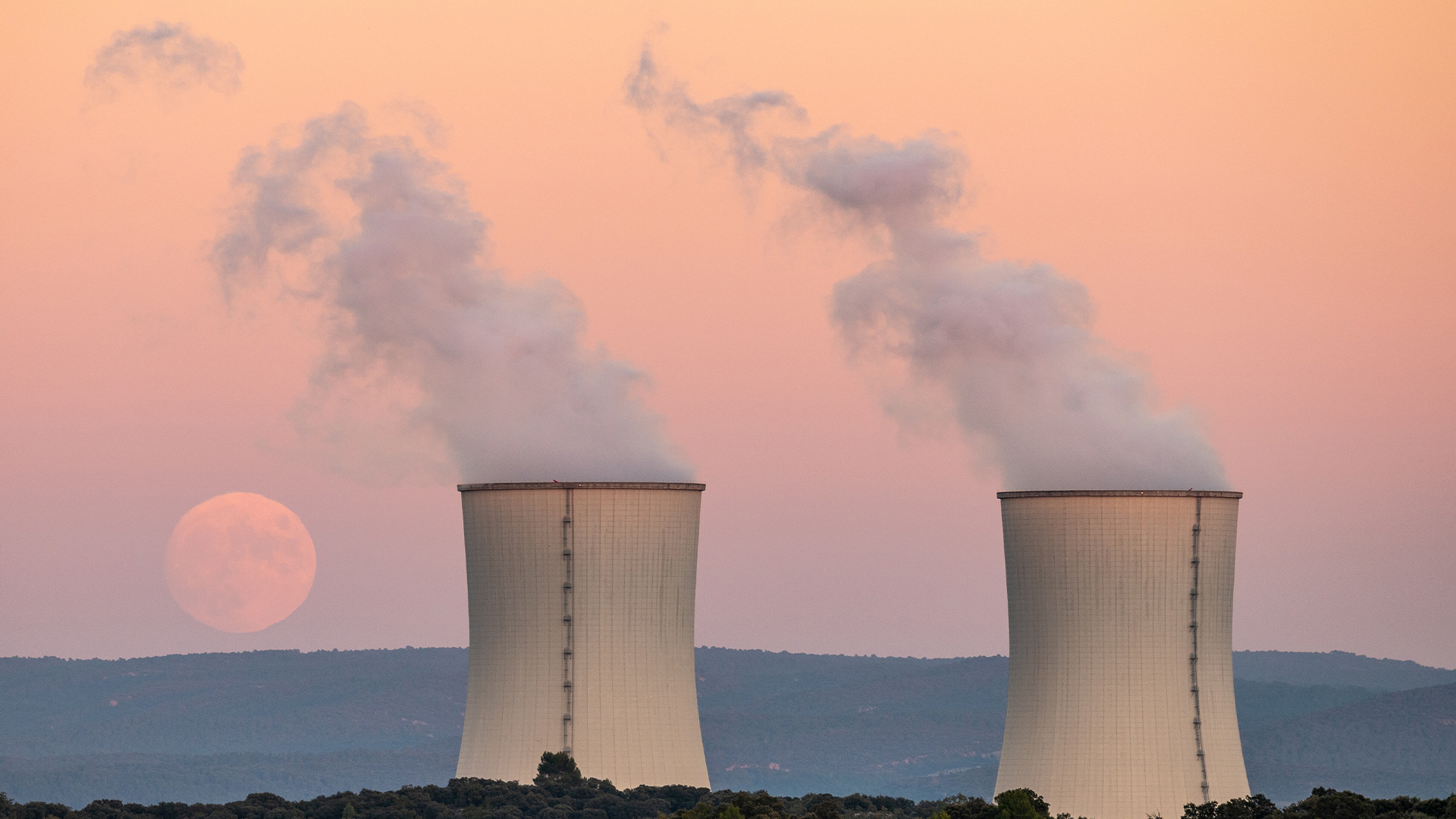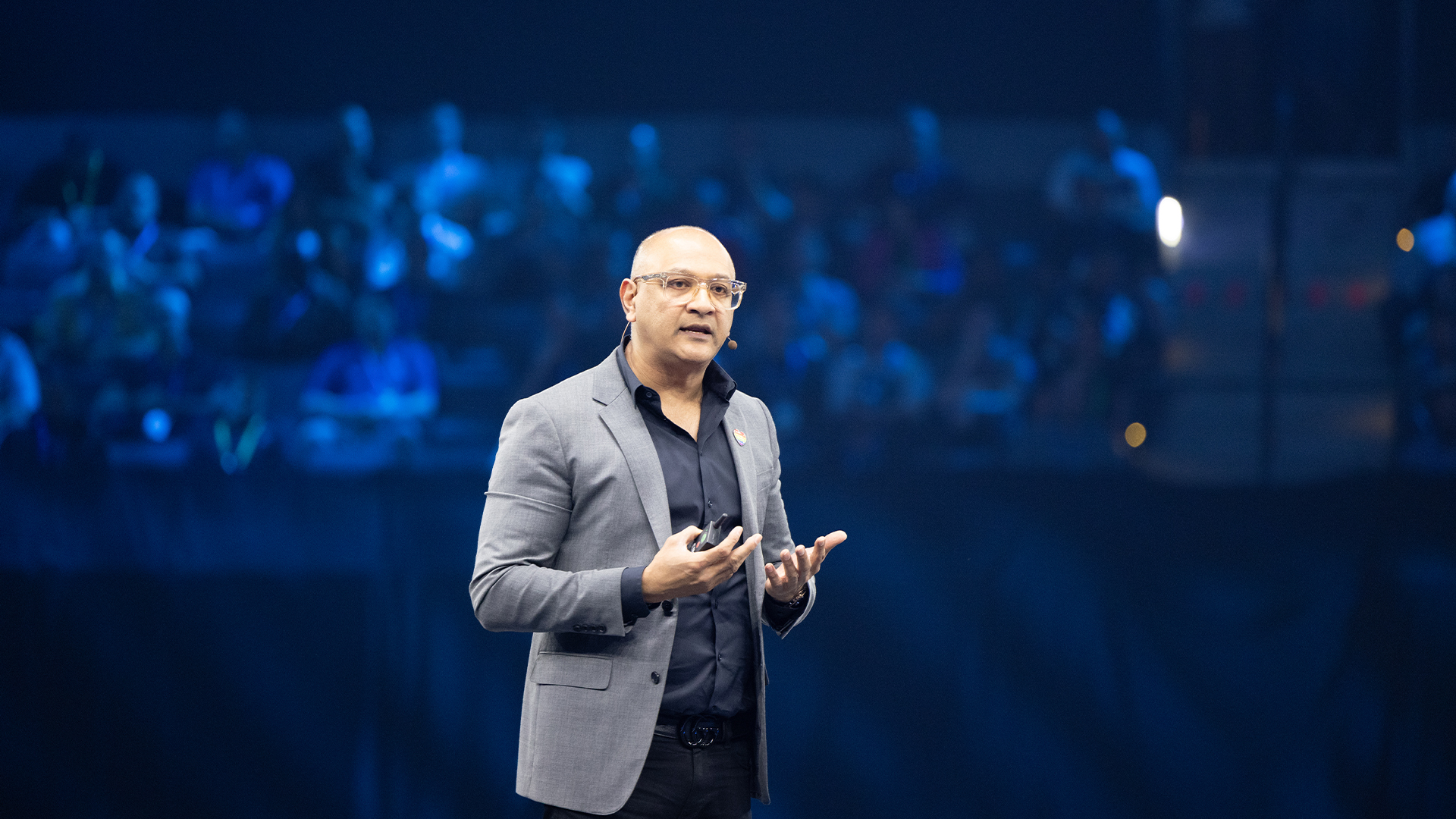Apple MacBook Air (11-inch, Late 2010) review
In the second part of our coverage of the new MacBook Air range, we take a look at the new 11in model. Is this sleek and small ultra-portable laptop worth its high price? Read our review to find out.
The 11in MacBook Air is an impressively slender, lightweight laptop with a large, comfortable keyboard, a bright screen and long battery life. If you can afford it, it’s a good choice if you want an ultra-portable laptop that’s more capable than a netbook. However, the 13in MacBook Air remains our favourite ultra-portable laptop. Although it’s more expensive and is a bit bigger and heavier, it has the benefit of a higher resolution screen, a bigger SSD, faster applications performance and dramatically longer battery life.
Battery life is impressive. We recreated our Windows light usage battery test, where the computer is set to scroll through a series of webpages until the battery depletes, under MacOS X. The Air lasted eight hours and 23 minutes before the battery ran out, which exceeds Apple's claimed seven-hour battery life. Although not as long lasting as the 13 and a half hours achieved by its larger 13in cousin, this is still very impressive and is long enough to last a transatlantic flight with time to spare.
The battery isn't designed to be user-replaceable though, so if the battery ever needs to be replaced, then it will need to be done by a technician unless you want to do it yourself and void Apple's warranty. Unlike other MacBooks, there aren't any LED lights indicating sleep status and the level of battery charge. Apple claims these aren't necessary since the battery can hold a charge for 30 days before completely depleting, although we didn't have time to test this.
We suspect that Apple has managed to achieve such remarkable battery life, and managed to make the Air so slim, not only by using a big battery, but also by using a solid state disk (SSD) instead of a hard disk. SSDs not only use less power than most hard disks but also have no moving parts so they're more rugged and less prone to damage.
SSDs in laptops, both from Apple and from other manufacturers, are nothing new but Apple has used a SSD with a RAM chip-style form factor in the Air rather than the chunkier hard disk-style form factor used by most other laptop manufacturers. The RAM-style SSD uses the still uncommon mSATA connector, a compact version of the SATA port found on hard disks, and isn't designed to be user-replaceable. Although larger capacity do-it-yourself SSD upgrades are now available from third parties, installing these would void the Apple warranty.
Get the ITPro daily newsletter
Sign up today and you will receive a free copy of our Future Focus 2025 report - the leading guidance on AI, cybersecurity and other IT challenges as per 700+ senior executives
-
 RSAC Conference 2025 live: All the latest news and updates
RSAC Conference 2025 live: All the latest news and updatesLive blog Follow all the latest from RSAC Conference 2025 in our live coverage
By Rory Bathgate Last updated
-
 Blackouts in Spain and Portugal could be a cyber attack
Blackouts in Spain and Portugal could be a cyber attackBoth countries are "paralyzed" by nationwide power outages
By Jane McCallion Published
-
 Cisco takes aim at AI security at RSAC with ServiceNow partnership
Cisco takes aim at AI security at RSAC with ServiceNow partnershipNews The companies claim Cisco AI Defense and ServiceNow SecOps will help address new challenges raised by AI
By Jane McCallion Published